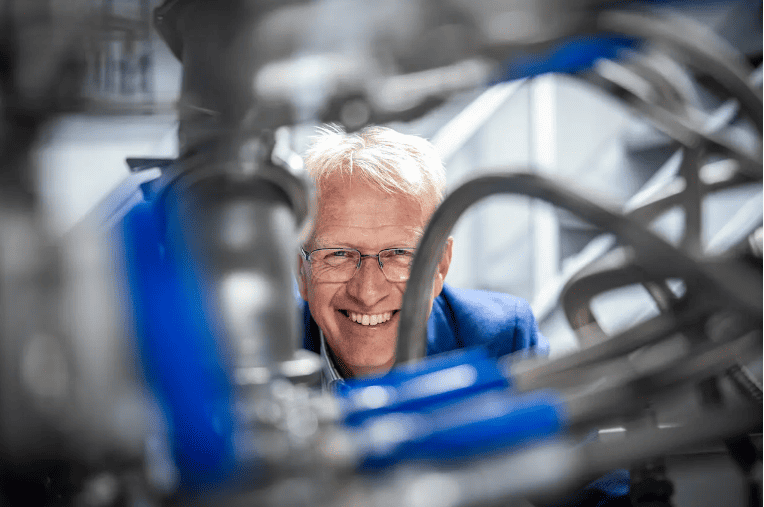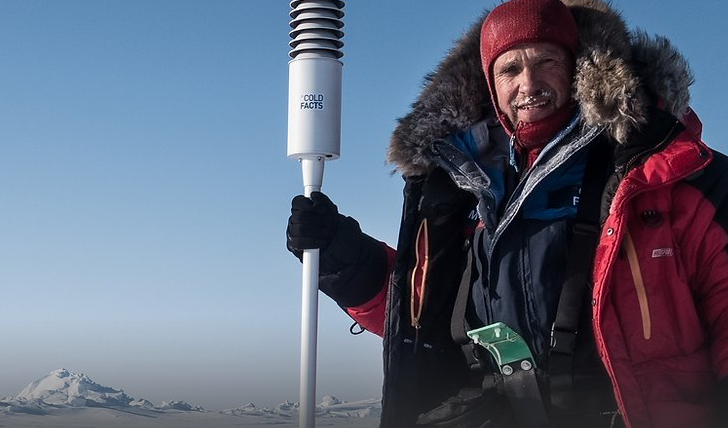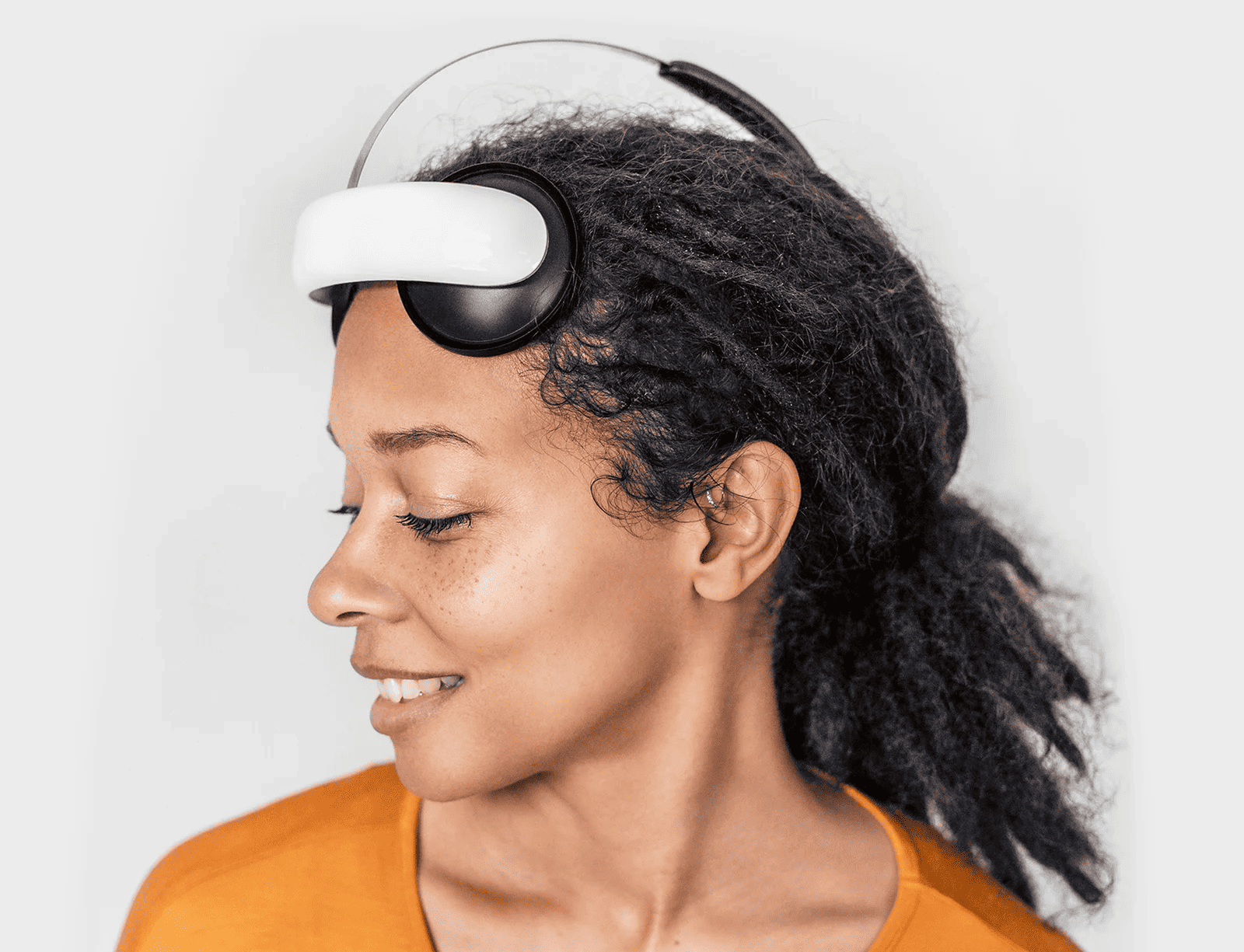
Job van den Hurk is a neuroscientist and scientific director at ultra-high field MRI center Scannexus at the Brightlands Maastricht Health Campus. However, he is best known as the host of the TV show Brainstorm on ZAPP. “Critical thinking should be a subject taught in elementary school.”
- Job van den Hurk is a leading figure in brain research;
- The scientist believes that understanding the brain is essential;
- Our natural thought patterns are often flawed and this can lead to problems.
Van den Hurk bridges the gap between science and the general public. Not only does he do this through his appearance on television as a researcher on Brainstorm, but he also co-founded and acted as editor for the playful and accessible scientific platform BrainMatters. He has since passed the baton to enthusiastic master’s and PhD students.
The scientist makes himself comfortable for our chat. It’s obvious he’s thrilled to be talking about the brain. This passion awakened when he discovered the brain scanner in the university’s “bicycle basement” during his studies. “How cool would it be to work with this?” was his first thought. These days, he is responsible for three supersonic MRI scanners worth roughly twenty million Euros at the Maastricht’s Oxfordlaan campus building. This equipment is used for research on multiple sclerosis, for example.
About BRIGHT PEOPLE
To make tomorrow’s world a little more beautiful, cleaner and better, BRIGHT PEOPLE are indispensable. In this series, each month we interview a figurehead of the Brightlands Campuses. These purebred innovators talk about their mission and how they want to achieve it.
Read the other installments of this series here.
New age practices
“We are all brain,” he says. “The brain is an organ, but two brains are sitting at the table communicating. One brain is now observing me, but at the same time, that brain is thinking about what we should have for dinner tonight or plans for the weekend. These biochemical processes are very fascinating. More and more research techniques are being developed that zoom in on how the brain works. These studies are producing all sorts of findings that are incredibly interesting, even to non-specialists. The Internet also plays a role, making it easy to disseminate information.”
He also has another remarkable explanation, to say the least: the increased interest in spirituality. Van den Hurk: “Now I know that a lot of people will start to squirm at the mere thought of new-age pseudo-science—I’m right there with you—but when it comes to down-to-earth meditation, I say: just stop and think about what it means to have a consciousness. What kinds of things go on in your mind? What is attention? Why are we so easily distracted? These concepts are incredibly fascinating to me.”

Pain is a sensation
According to Van den Hurk, much research is done on the brains of gurus and Buddhist monks, including in Maastricht. “Why are monks so good at meditation? Because they can separate physical sensations like pain from the idea that pain is unpleasant. Pain is a sensation. We do everything we can to get rid of it. Since this can be done with meditation, we are studying how much these people can control or regulate their pain sensations. Brain research has taught us which areas of the brain are associated with the sensation of pain, and we have studied monks to see if they are using their thoughts to lower the activity in their brain area through purely mental techniques. The answer is yes. A practiced monk can objectively look at the sensation of pain.”
The three scanners at Scannexus at the Brightlands campus go a long way toward making these types of observations. “We know which networks in the brain are related to pain. You can apply special neurofeedback to this: I put you in the scanner to measure the activity in the pain center, which is displayed as a crystal that lights up. The more active this area is, the brighter the crystal will glow. I project this onto a screen that the person in the scanner is looking at so they can see in real-time how active the area is. In the case of chronic pain, the patient gets instructions: try some mental tricks to bring that activity to life. Usually, this takes a few sessions, but it works: they have fewer pain symptoms. In other words, they can cognitively suppress their pain. This application is also being studied for Parkinson’s disease.”
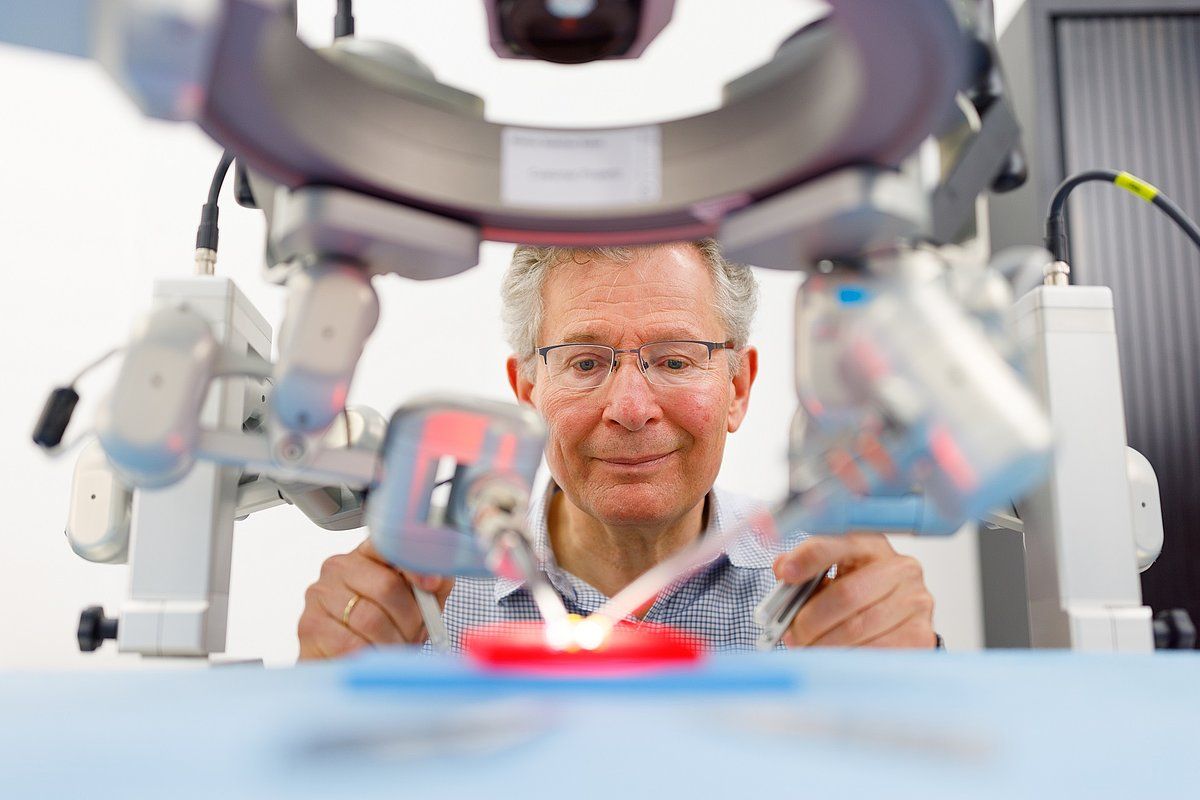
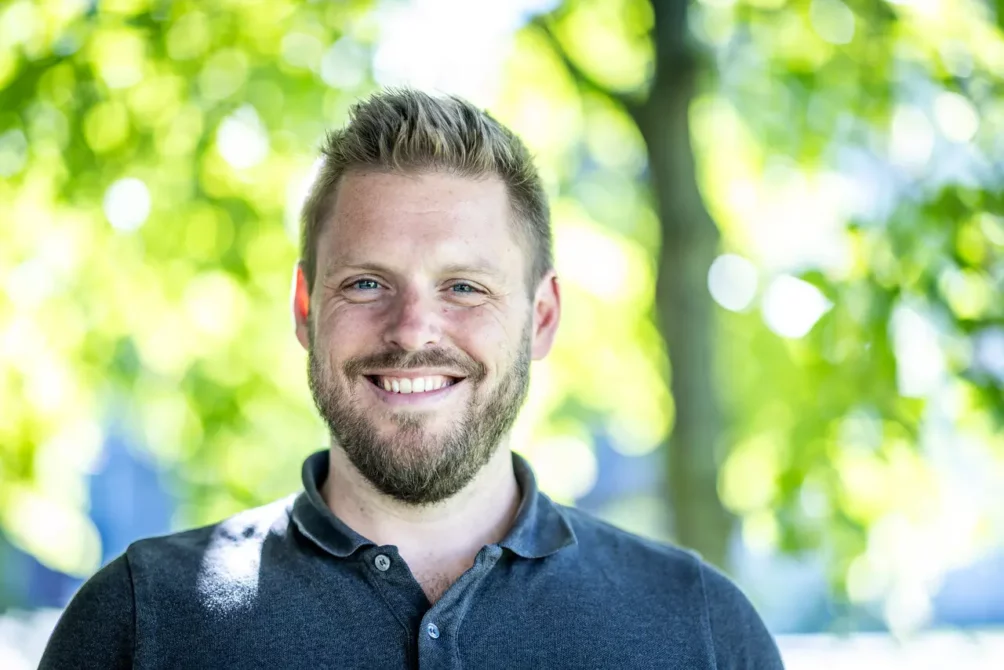
By admission, Van den Hurk was a very average student completed his pre-university education program. “I had thought about studying law, but once, when I was at my parents’ house, I saw the American psychologist Dr. Phil on his TV show. I was fascinated by what he did: talking to people and seeing through the flow of thought. I decided to study psychology.” He came to Maastricht to study legal psychology and took a peek at the cognitive neuroscience department’s MRI scanner. “I thought, this is SO cool; just imagine you can choose a graduate program where you can put someone in that scanner and look inside their head.”
Reading minds
The scientist doesn’t have to think long about an answer to the question of why he finds that so cool. “It’s a huge machine that costs much money, and no one else can touch it. The people in that department are so smart that they can read images showing what is happening in a person’s brain or thoughts. Amazing. Call it the precursor to mind-reading – although we are way past that stage.”
He means this fairly literally. “Some studies can directly display the content of a person’s mental world on a screen. Test subjects lie in a scanner and are shown pictures. Powerful computers can use the measured brain activity to reconstruct the images viewed very accurately. So you are looking inside someone’s head to see what’s happening.”
Van den Hurk joined Scannexus as a neuro and data scientist and is now a scientific director at the organization. He is also involved at Maastricht University as a researcher and assistant professor in the department of functional neuro-urology.
“It’s a great story to tell at parties (laughs). My work involves the relationship between the brain and the bladder. A request came in from urology: what happens in the brain when the bladder fills up? There are people at the outpatient clinic with an overactive bladder who cannot feel when it’s complete. Studies have been done for years, but we still need to find out where the problem originates; perhaps it’s in the brain. We put people in our scanners, artificially filling the bladder to see what happens next in the brain. We zoom in deep using our most powerful equipment. I have become addicted to this kind of work. We want to discover how the brain relays signals from the bladder and ensures you go to the bathroom on time. We compare people with a properly functioning bladder to those with an overactive bladder. In which substation does the difference occur? Where is the wrong switch flipped? Once you figure this out, you can start looking at the types of neurological interventions you can use.”

Open-mouthed amazement
Van den Hurk has become a household name thanks to his television appearances as a science writer. He loves it. “Working with these scanners becomes normal until I stand before a group of children, laymen, or adults and explain what I do. Then you see their mouths open in amazement. That’s when I realized how cool it is that I get to translate what we do to the world at large. I still have to pinch myself for the privilege of working for Brainstorm.”
Isn’t there a danger of simplifying things too much? “No, we don’t want to tell people things that aren’t true” Van den Hurk answers. “We don’t sugarcoat it; I’m also one of the people writing the material for the program. We cover experiments known in the professional literature. Sometimes, we do this on a small scale and try to stand on the side of science. We have only received one criticism so far when I compared a frog’s brain to a part of the human brain we call the reptilian brain. An anatomy professor took me aside to tell me that a frog is an amphibian. It’s mportant to know more about the brain, because humans are evil thinkers, a fact we don’t realize about ourselves. Our brain has evolved to make quick decisions by generalizing for millions of years. We all believe the way we think is flawless, but it isn’t. And we are not humble enough to accept this ourselves.”
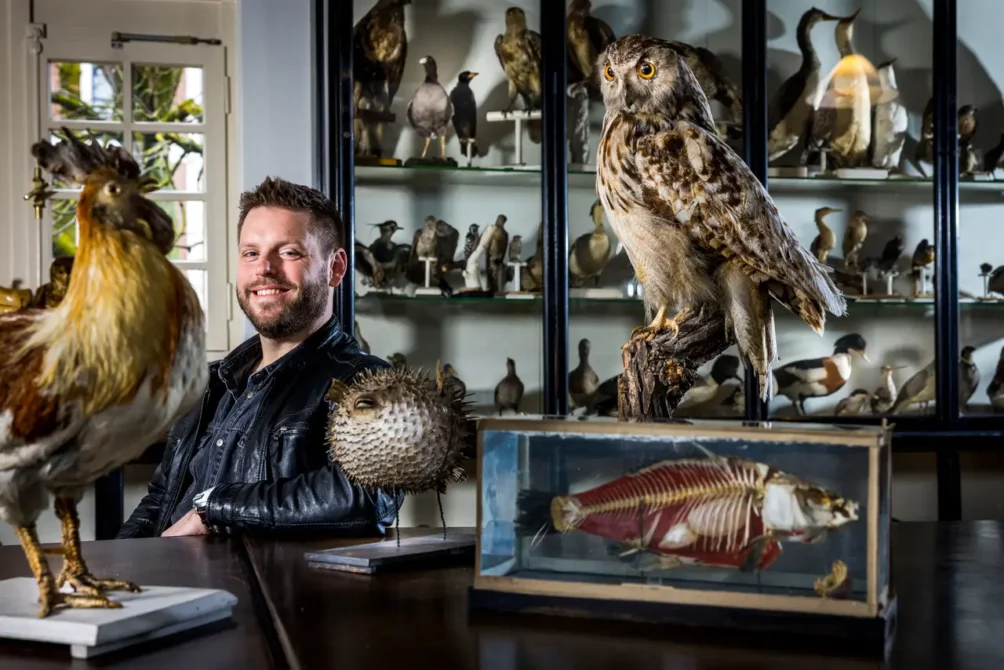
Bullshit detector
And this can result in major problems, according to Van den Hurk, with social media platforms acting as catalysts. It wouldn’t surprise him if the United States became a fascist dictatorship in a few years. He formulates it as a thinking problem.
“We pay too little attention in education to how we think. In other words, not what to think but how to think. That should be a subject in every elementary school. That way, you can give children a bullshit detector so they intuitively sense: this is too easy thinking. You then teach children how bad we are at thinking, make them aware of it, and do exercises with them. Then you can laugh about it, we don’t have to be ashamed. Critical thinking is an existential need. I can show how much fun it is to think systematically about issues. You should not assume something because the professor or the president tells you something; you should be able to take something by testing it yourself. The professor in our television program is also occasionally a nerd; that’s done to show that you also have to try a professor’s statements.”
Changing thinking patterns is difficult in adults. “Being critical only strengthens their conviction. If you point out where they are wrong, they experience cognitive stress. And the side effect of this is that they cling even more tightly to their ideas. Everyone should believe as many true things as possible and as few untrue things as possible. How can you ensure this happens? Teaching children at a young age how to think and their brain’s role in this.”


